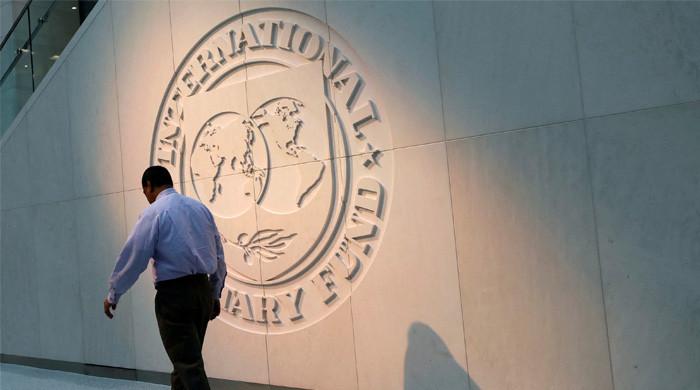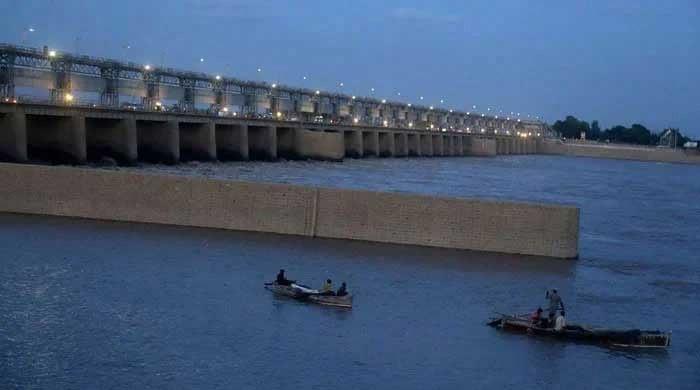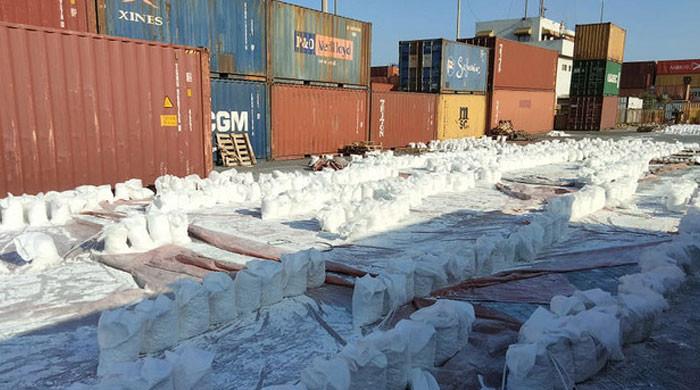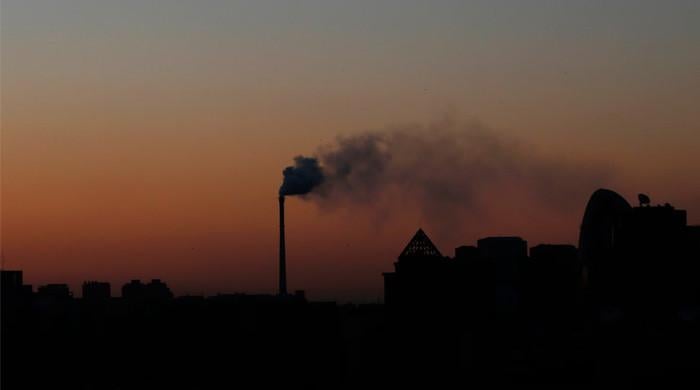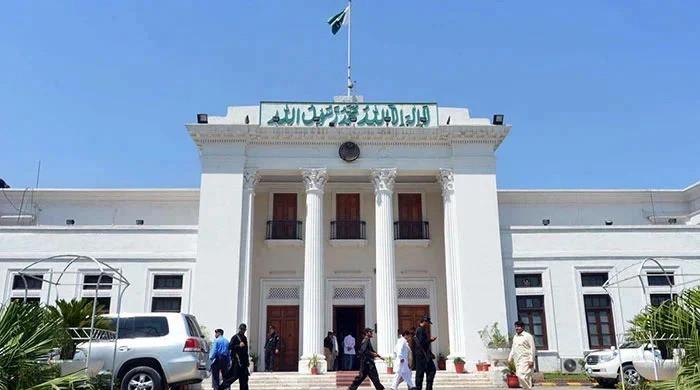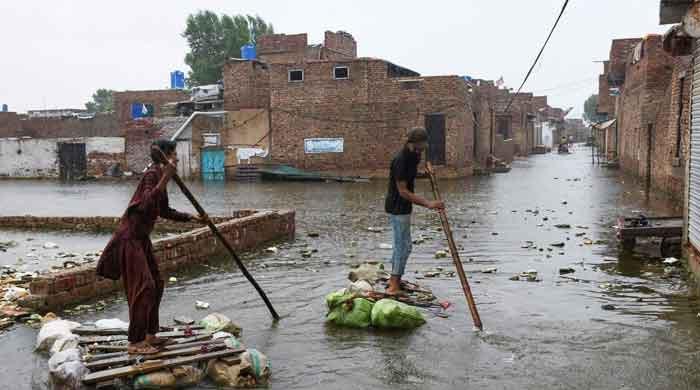Potential of renewable energy in Pakistan is yet to be fully explored
The biggest challenge to transitioning to renewable energy is the cost of energy transition
November 03, 2022
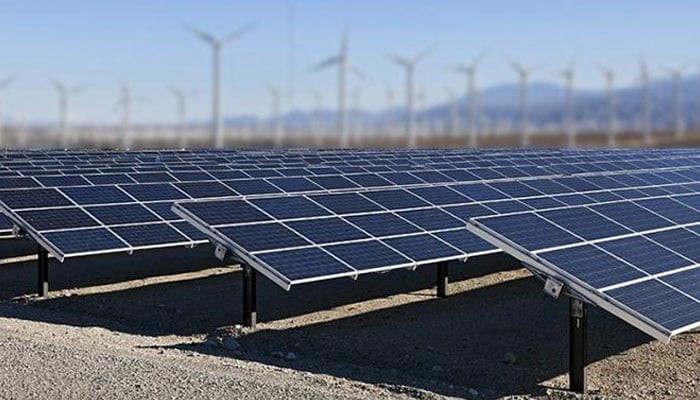
An estimated 33 million people in Pakistan got affected by the heavy downpour during July-August this year. Climate scientists have enough data to claim that the unprecedented rains in Pakistan were due to the warming up of the Indian Ocean by 1.2 C.
Fortunately, major cities and most urban centers of Pakistan remained safe from floods. However, most of their dwellers are also facing a tsunami – not floods but a tsunami of inflation. Although the government has reduced the prices of petrol and diesel, at the cost of raised eyebrows from the IMF, electricity and gas prices are still painfully high. The oncoming winter in Pakistan is understandably scary for millions who got displaced due to floods. However, the winter will also be harsh for those who remained safe from floods as gas (the primary source of cooking/heating in urban areas of Pakistan) will either be short in supply or too expensive.
In New York, realising the relentless impact of epochal levels of rain and flooding in Pakistan, the UN secretary-general revised the UN’s flash appeal from $160 million to $860 million. The international community’s response to these appeals is lukewarm due to multiple reasons.
In Washington, during the recent autumn meetings of the World Bank and IMF, the multilateral lenders, while extending their condolences to the people of Pakistan on the devastating losses due to floods in Pakistan, reminded the government of Pakistan (as well as of other countries) to move from subsidies that target certain items (such as blanket subsidies on energy) to those that target the neediest groups in a country. In other words, while the IMF may consider giving some policy relaxation to Pakistan for flood rehabilitation, blanket subsidies on energy in the name of flood affectees would not be acceptable.
Finance ministers worldwide are having sleepless nights, and Minister Ishaq Dar is no exception. In the UK, Liz Truss resigned as her promises to contain energy inflation were not practicable. In other European capitals, too, governments are struggling to sustain the energy supply at an affordable price in the winter while minimising their dependency on Russian energy supplies. They are locking their gas contracts in the Gulf region — for future deliveries — at rates much higher than developing countries like Pakistan may afford.
World governments, businesses, and civil society are congregating in the Egyptian resort of Sharm el Sheikh to discuss how to contain global warming through reduced carbon emissions (COP27).
Wondering what is common in the standalone pieces of information provided above? Go through the above section once again with a "fossil fuel" lens, and you will realise that the availability and affordability of fossil fuels and their impact on global warming are equally affecting people and governments worldwide, from a flood-hit village in Pakistan to a European capital. Expand the wings of your imagination, and you will also get a direction for the energy future and the policy trade-offs for that future. These trade-offs would potentially shape the future of many governments — and the planet itself.
Take the case of floods in Pakistan. This year’s unprecedented downpour in Pakistan was triggered by the hotter air in the Indian Ocean that held more moisture and brought more rain. The ocean’s surface temperature increase is a manifestation of a warming planet due to the indiscriminate use of fossil fuels.
Russia is one of the largest producers and exporters of gas. The Ukraine war and resultant sanctions on Russia have negatively affected the global supply of energy and turned energy expensive. To meet this energy deficiency, in the short term, many Western countries have deferred their plans to phase out coal (a dirtier fuel but more economical than gas) for power generation, meaning more carbon emissions and more global warming.
Even before the devastating floods, Pakistan was passing through an economic meltdown — importing expensive energy contributes to its dollar deficit (current account deficit); producing expensive electricity and selling it cheaper at a subsidized rate contributes to its rupee deficit -energy circular debt (fiscal deficit). For a bailout from the IMF and macroeconomic stabilisation, the Government of Pakistan will have to curtail its import bill and energy circular debt.
The challenge for Pakistan this winter is not only to curtail (energy) imports; its major worry is to secure a consistent supply of whatever it can import. Pakistan would have to compete with deep-pocketed European energy importers in the global energy markets to ensure it can find LNG in the spot market and its LNG suppliers don’t default on their long-term supply commitments.
Even if it arranges for the money, secures gas supplies, and generates electricity — albeit at higher prices — the government will find it difficult to recover the total cost of power generation without losing its political capital, and that too in the current highly polarised political atmosphere in the run-up to next elections. Assuming the government dares to put its politics at stake and decides not to give any subsidy on electricity to save the IMF deal, the next question is whether the consumers would have the capacity to pay for it.
The picture is bleak but hints at a solution. To contain global warming, to appease the voters through the supply of uninterrupted affordable energy, to discourage the oil/gas producing countries from using their energy resources as a strategic weapon, and to ensure energy for all (sustainable development goal 7), the world would have to phase out fossil fuels and shift towards renewable energy (RE).
Let us talk about Pakistan first. The potential of RE in Pakistan has yet to be fully explored. According to the Sustainable Development Policy Institute’s recently released state of renewable energy report, “Transition towards a 100% renewable energy system in Pakistan is not only fully possible but also a low-cost option for the country. It will help decrease the energy system costs while reducing dependence on imported fossil fuels, increasing energy security”.
Pakistan’s energy experts and its policymakers know the potential of solar, wind, and small hydel plants for power production. They also know what needs to be done to promote RE. Its political leadership has more than once committed in international forums that it would increase the share of renewables in its energy mix. However, there are policy tradeoffs.
The biggest challenge is the cost of the energy transition — not only the cost of technology and infrastructure upgrading but the cost of capacity payment charges. The more existing consumers reduce their dependency on ‘on-grid’ electricity and go for ‘off-grid’ solutions, the less power generation companies would be able to sell. This will lead to increased capacity payment charges (payment to power producers for not buying electricity from them) and will be problematic, at least in the short run.
On the international front, the high emitters of greenhouse gases (mainly the developed world, China, India, and Brazil), by shifting to RE, can live up to their emission reduction pledges. The UN Environment Program (UNEP), in its latest ‘Emissions Gap Report’ finds a mere 0.5 billion tonnes have been shaved off last year’s 17 billion to 20 billion tonnes gap between where the annual rate of carbon dioxide emissions would need to be in 2030 to offer a decent chance of limiting warming to 1.5 C above pre-industrial temperatures.
Says UNEP: “Existing climate policies of the world – real action on the ground, not just promises – equate to 2.8 C of warming by 2100”. Pakistan’s unprecedented rains are being attributed to 1.2 C of warming. The world must understand that what started in Pakistan will not stay here. If energy production and consumption patterns are not changed, the whole world will have to face the negative consequences of climate change – and that too in the not-so-distant future.
Twitter: @abidsuleri
The writer heads the Sustainable Development Policy Institute.
Originally published in The News




